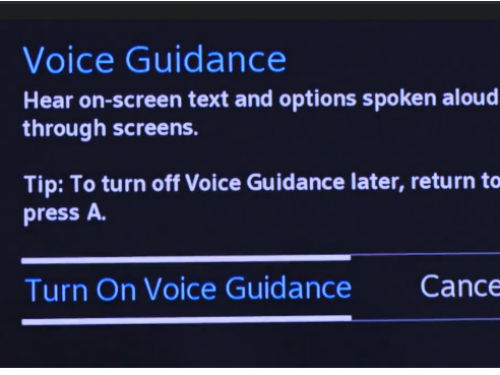Blind and Visually Impaired Adults Get Lots of TV Time: Survey

People who are blind or otherwise visually impaired spend about as much time engaged with the TV as the general public, according to a study released by Comcast and the American Foundation for the Blind.
The study, conducted by Global Strategy Group and based on a survey last October and November of 626 visually-impaired adults, including 277 with “no function vision,” found that the majority (55%) of that group watches four or more hours per day, and 81% do so for more than 1 hour per day.
The study also found that 96% of visually impaired adults spend time with TV on a regular basis, and that 53% said they experienced difficulty in following along with key visual elements. Less than half of those surveyed were aware of assistive technologies like video description and talking guides.
The use of video descriptions and talking guides is a key part of Comcast’s work around accessibility.
Of recent note, Comcast and NBCU have teamed with Descriptive Video Works to provide enhanced video descriptions for coverage of the Winter Games from PyeongChang.
RELALTED: NBC Olympics, Comcast to Offer Video Descriptions for Winter Olympics TV Coverage
In November 2014, Comcast introduced a “talking guide” feature for its X1 platform following a set of trials that were conducted earlier that year. When enabled, the feature reads aloud elements such as channel names, show titles, VOD settings and DVR commands as the customer navigates the guide with an X1 remote.
Multichannel Newsletter
The smarter way to stay on top of the multichannel video marketplace. Sign up below.
"It’s a myth to think that you can’t enjoy television just because you have a visual disability,” Tom Wlodkowski, vice president of accessibility for Comcast, who was born blind, said in a statement. “That’s why I’m proud that Comcast and NBC have become pioneers in making live entertainment and sporting events more accessible for millions of people like me. And when that content is complemented with the right technology, people with visual disabilities can have an end-to-end experience that is even more inclusive and entertaining.”
Comcast and AFB said results from the survey were weighted to correspond to national data about the visually impaired population, and was designed to be compatible with screen readers and screen magnifiers.
